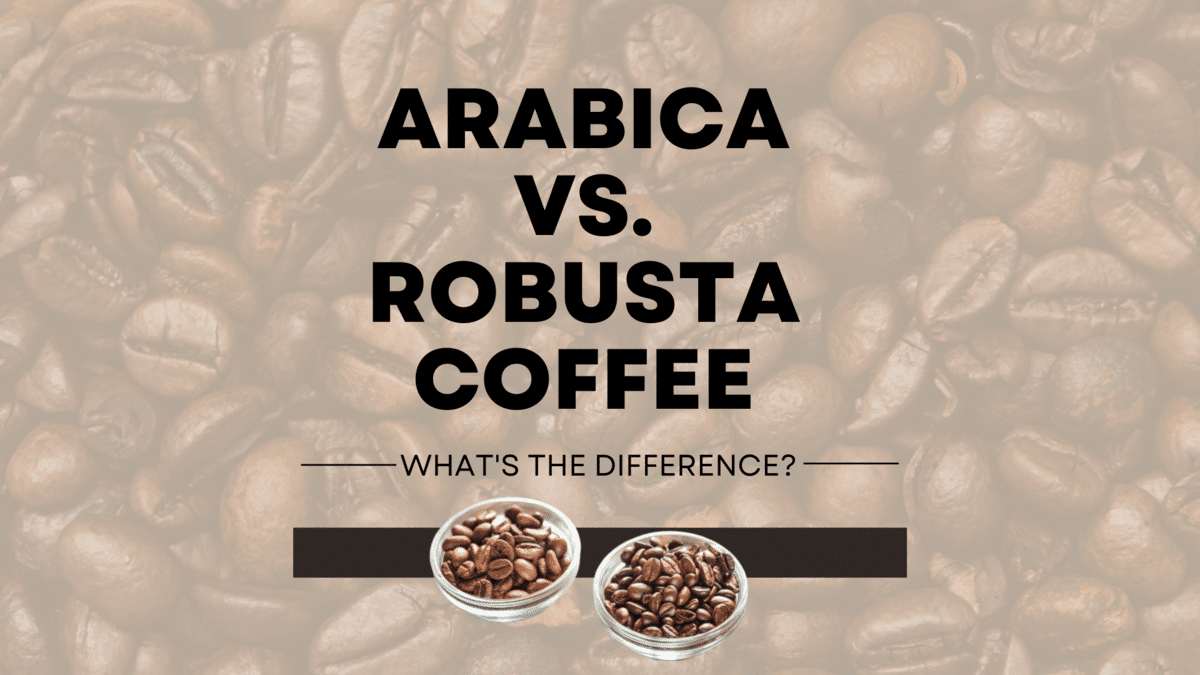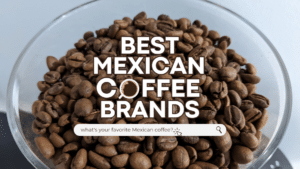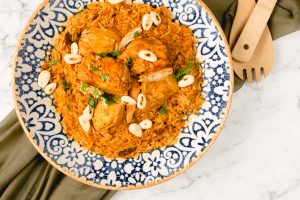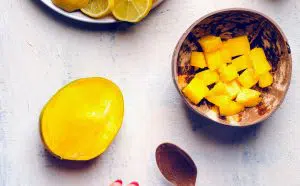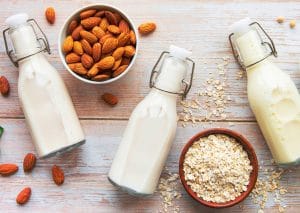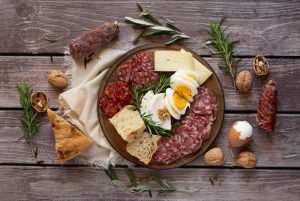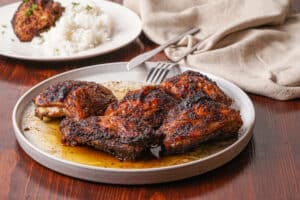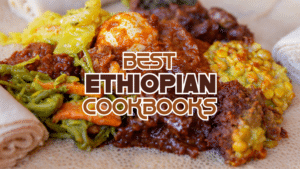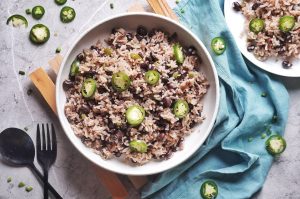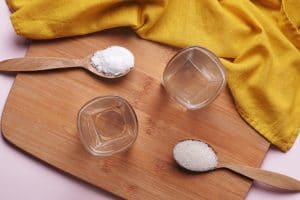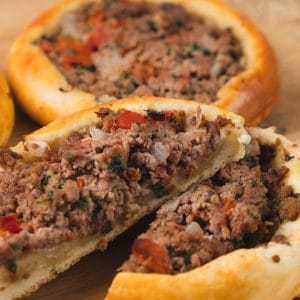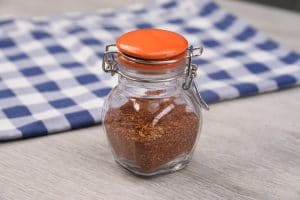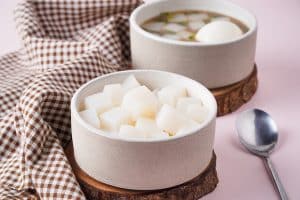Arabica Vs. Robusta Coffee: What’s the Difference?
Important Note: When you buy through our links, we may earn a commission. As an Amazon Associate we earn from qualifying purchases. Content, pricing, offers and availability are subject to change at any time - more info.
Key Takeaways
- Most coffee falls into either the Arabica or the Robusta category.
- Arabica is most frequently enjoyed because of its pleasing aroma and flavor.
- Robusta’s taste may be harsh, but it is excellent when used in espresso or ground coffee blends.
Is there anything as refreshing or heartening as that first sip of coffee in the morning?
For most people, the promise of coffee is the one thing that can get them out of bed. Simply the rich aroma is enough to pull them out of their dream world and into the real one.
When you think about your favorite cup of coffee, do you know what kind of beans is used to make it? Chances are good that the beans are either Arabica or Robusta.
How do you know which is which? More importantly, which one do you prefer? The more you know about the differences between Arabica and Robusta coffee, the easier it will be for you to order from any menu with confidence.
- Key Takeaways
- Part of the Same Family
- Comparing Arabica & Robusta Beans
- Many Factors Affect Flavor
- Arabica & Robusta Coffee Beans in Detail
- Arabica vs. Robusta: Breaking It Down
- Arabica vs. Robusta: Which One Will You Choose?
- FAQs
Part of the Same Family
All of the flowering plants that are capable of producing coffee are part of a larger family that is scientifically known as Rubiaceae. There are more than 6,000 species of plants in this family, but only two of these species actually produce the beans that are suitable for brewing a great cup of coffee.
These two species are the Arabica and the Canephora, which is more commonly known as the Robusta.
Comparing Arabica & Robusta Beans
Arabica Beans
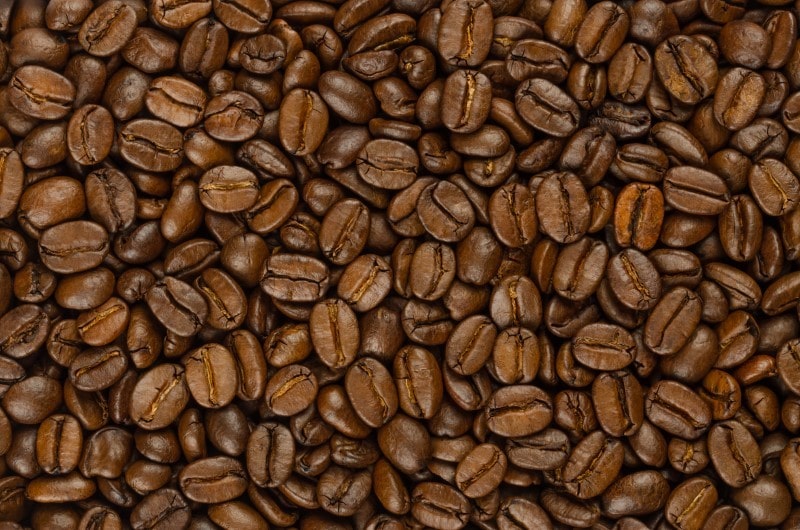
Arabica beans are harvested from the Coffea Arabica plant, which has its origins in Ethiopia. Within the Arabica category are many types of coffee such as:
- Typica
- Bourbon
- Kona
- Villalobos
- Pacamara
- Caturra
Robusta Beans

Robusta coffee is less versatile. In fact, the term “Robusta” is generically used to describe all coffee in this class. These beans are harvested from the Coffea Canephora plant, which is believed to have originally come from sub-Saharan Africa.
In addition to coming from different plants, Arabica and Robusta coffee have other characteristics that differ. As an example, the flavors that emerge from each bean variety are quite distinct.
Many Factors Affect Flavor
Even if you were to compare two Arabica coffees or two Robusta coffees, you would probably notice significant differences. This is because the unpredictability of growing conditions can have a considerable effect on the flavor of the beans. Moreover, the way in which the beans are processed can mean that the resulting coffee that is obtained from Coffea Arabica plants in two different geographic locations can vary widely even when they are ostensibly from the same plant family.
In fact, many growers consider it a mark of distinction that they are able to produce a coffee bean that has a unique set of characteristics that differs from coffee that is grown anywhere else on the planet.
As an example, consider the famous Kona coffee, which is a favorite with many people around the world. The beans that are used to make authentic Kona coffee are only grown and harvested on the Big Island of Hawaii. It is the unique environmental conditions of this region that gives the beans unusual qualities that are not found in beans grown anywhere else.
Just one mile wide and 30 miles long, the Kona Coffee Belt is found on the western slopes of the Mauna Loa and Hualalai volcanoes. Accordingly, Kona coffee beans are grown in dark volcanic rock slopes, and the plants receive sun in the mornings and rainy afternoons along with mild nights. These ideal growing conditions, coupled with meticulous handpicking and milling, and the full-bodied flavor of Kona coffee, make it a top choice for Arabica enthusiasts the world over.
Nowhere else will you find other coffee beans grown and harvested in precisely the same conditions. Accordingly, Kona coffee and other types of coffee provide wondrous and fascinating variety.
Arabica & Robusta Coffee Beans in Detail
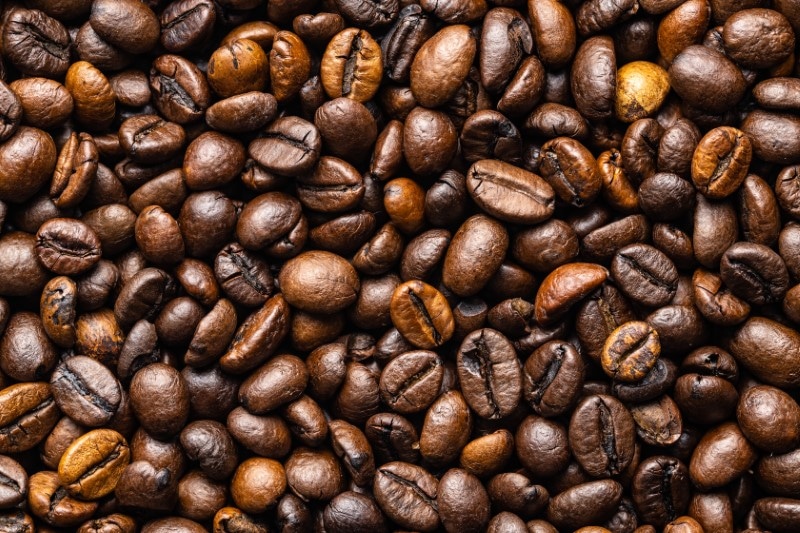
While Arabica coffee beans do contain less caffeine than Robusta beans, most people believe that Arabica beans are superior in terms of flavor. With a sweeter, smoother taste and favorable notes like sugar and chocolate, it’s no surprise that Arabica coffee is so popular. Some varieties have hints of berry or fruit flavors as well, making Arabica coffee a pleasant treat with just enough caffeine to keep you going.
Contrast that to Robusta coffee, which frequently is characterized by a bitter flavor. Some might even describe it as harsh, and if you have indulged in a cup of Robusta from time to time, you may have noticed some rubbery or grainy overtones.
It is these stark differences in flavor that make Arabica coffee generally the more popular variety. Approximately 60 percent of coffee is Arabica with the remaining 40 percent being Robusta.
Growing Arabica Coffee Beans
The first plants that produced Arabica coffee beans were in Ethiopia. They thrive at higher altitudes, and their flowers are deliciously scented. A new Arabica plant will develop blooms when it is approximately two years old. These blooms become fruit that encase a pair of flat seeds that are the precious coffee beans.
Although an Arabica bush may attain a height of 15 feet, it typically is pruned to a height of six feet to make it easier to harvest the beans. Equipped with two sets of chromosomes, the Arabica can self-pollinate, which translates to a terrifically stable species that doesn’t have to rely on cross pollination.
Arabica may be the more popular coffee variety, but its plants are somewhat low yielding. This means that more plants are needed to keep production predictable and steady.
Robusta Coffee Beans
If words like “harsh” and “bitter” are used to describe the flavor of Robusta coffee, you might wonder why anyone drinks it.
However, Robusta is popular around the world as an espresso blend. This is because Robusta provides a better crema, which is the creamy layer that lies at the top of every shot of espresso. It is further used in instant coffee and as a filler for many ground coffee blends. The well known coffee brand Café Bustelo uses Robusta in their flagship (non-Supreme) coffee blend which gives it the unique delicious taste.
Moreover, Robusta plants are hardier and more resistant to disease than Arabica plants. They even produce more beans that have much higher caffeine content.
Robusta bushes thrive at lower elevations that would never suit Arabica plants, so they generally are easier to grow. In fact, Robusta plants can get to be twice the size of Arabica bushes, which means that pruning is an absolute necessity. Once the Robusta plant flowers, it will take another full year for the bush to produce coffee beans. A self-sterile plant, Robustas require cross-pollination.
Arabica vs. Robusta: Breaking It Down
Let’s do a quick comparison between Arabica and Robusta coffee.
Growing Conditions
Arabica plants are harder to grow, have low crop yields and must be grown at high elevations only.
Robusta plants are hardy and pest resistant, promise high crop yields and can be grown at low or high elevations.
Taste
Arabica coffee has a sweeter flavor with notes of sugar, chocolate or berries.
Robusta coffee is characterized by harsh, bitter flavors.
Sugar Content
Arabica coffee has twice the amount of sugar that’s found naturally in Robusta.
Caffeine Content
Arabica coffee won’t give you quite as much of a jolt as Robusta, which has additional caffeine.
Other Characteristics
While Arabica coffee has more lipids, Robusta has less acidity, which may be attractive to some coffee drinkers.
Cost
Arabica coffee generally is more expensive because of the required growing conditions.
Robusta coffee is by far the less expensive of the two.
Uses
Arabica is suitable for almost anything thanks to its pleasing flavor and aroma.
Robusta coffee is reserved mainly for espresso because it produces superior crema. It also is widely used in instant coffee or blends of ground coffee.
Arabica vs. Robusta: Which One Will You Choose?
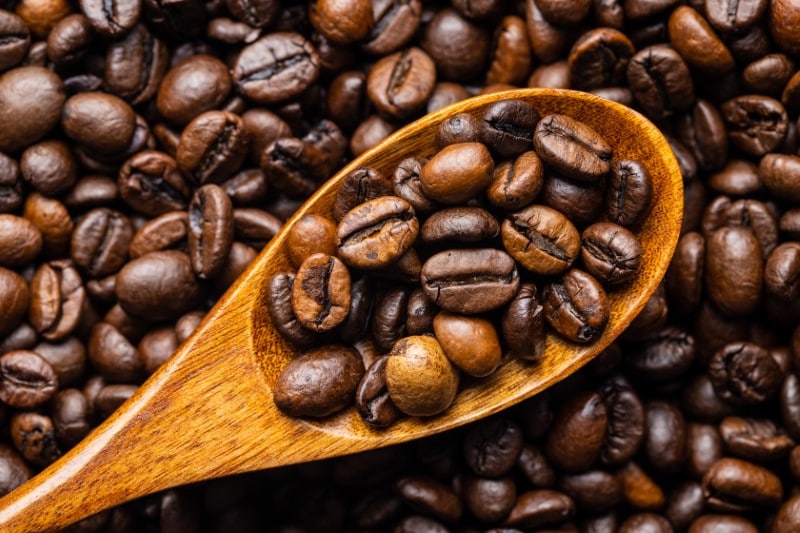
The good news is that you have many opportunities to choose both varieties. Most coffee that you buy at the store or in a coffee shop is made from Arabica beans, but if you opt for an espresso or reach for a ground coffee blend, chances are good that you’ll get a shot of Robusta.
FAQs
The Coffea Arabica plant is harder to grow as it is pickier about conditions and more prone to pests and diseases. Even if all goes right, these plants simply yield smaller crops. The extra work and care that goes into producing Arabica coffee accounts for its higher price.
Robusta coffee has significantly more caffeine than Arabica coffee. If you want to stay up all night, go for the Robusta.
Arabica accounts for approximately 60 percent of the world’s coffee production with Robusta filling in the remaining 40 percent. If you are looking for a sweeter flavor, opt for Arabica. Nonetheless, Robusta has plenty of fans who swear by its unique, bitterer flavor.
